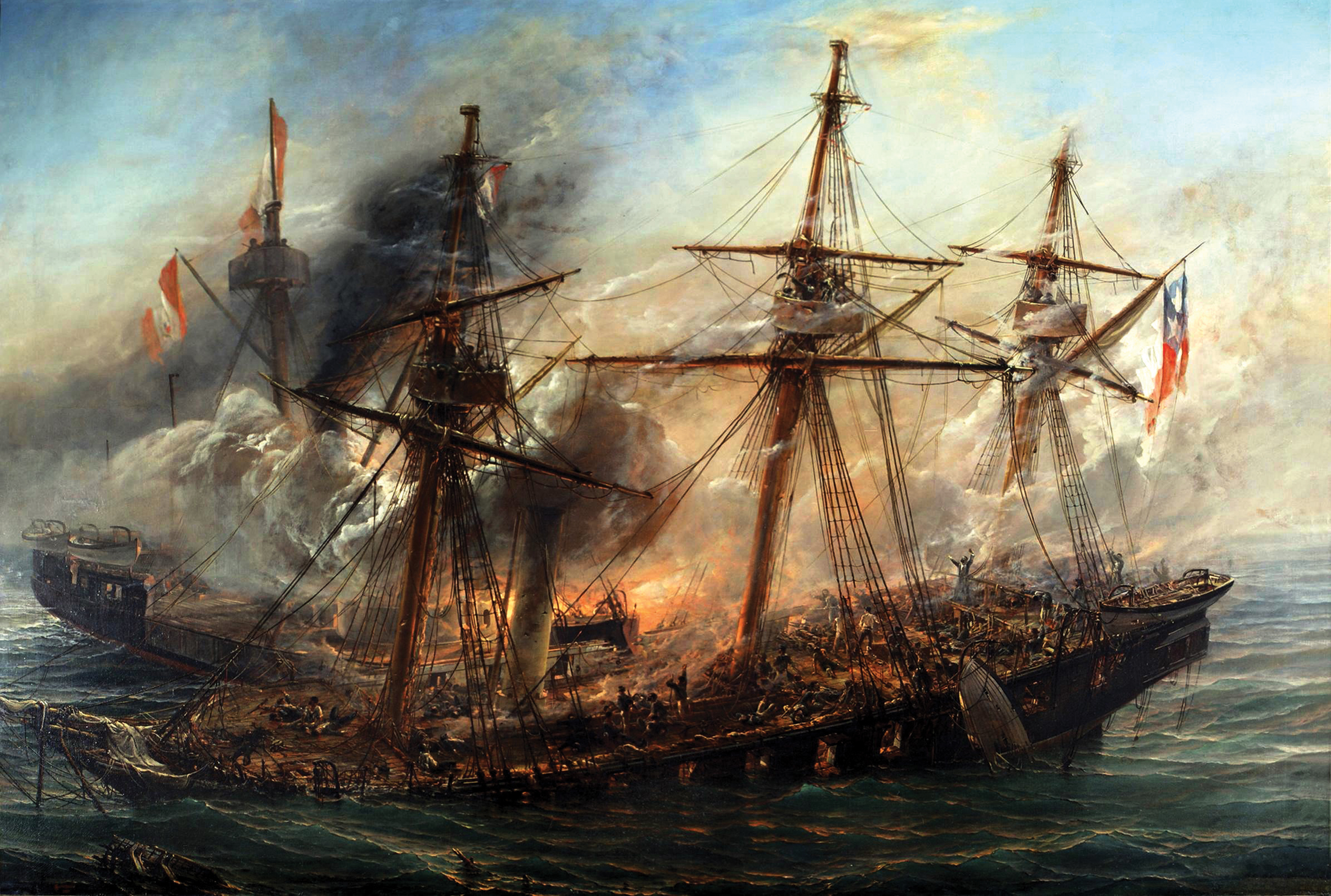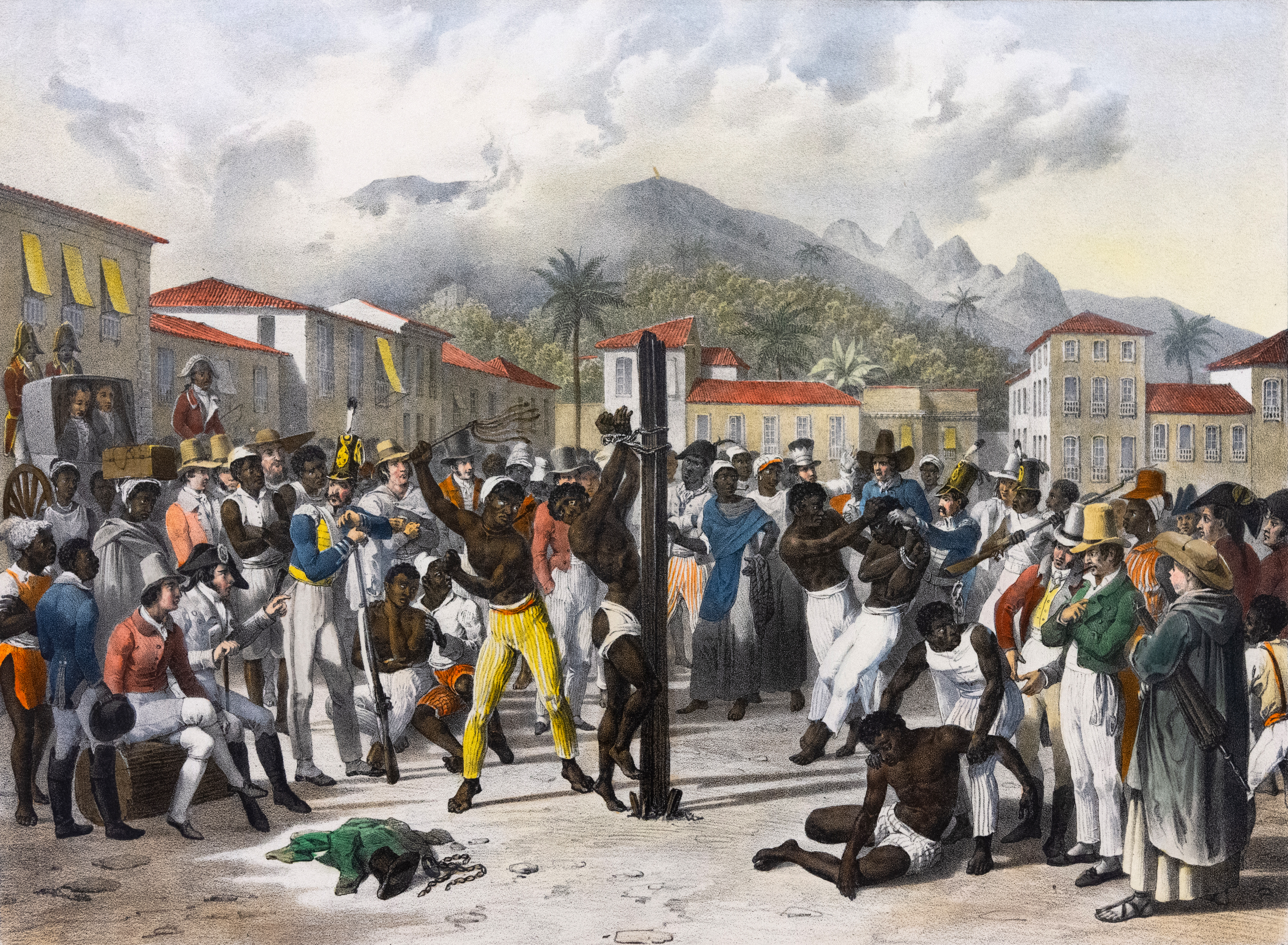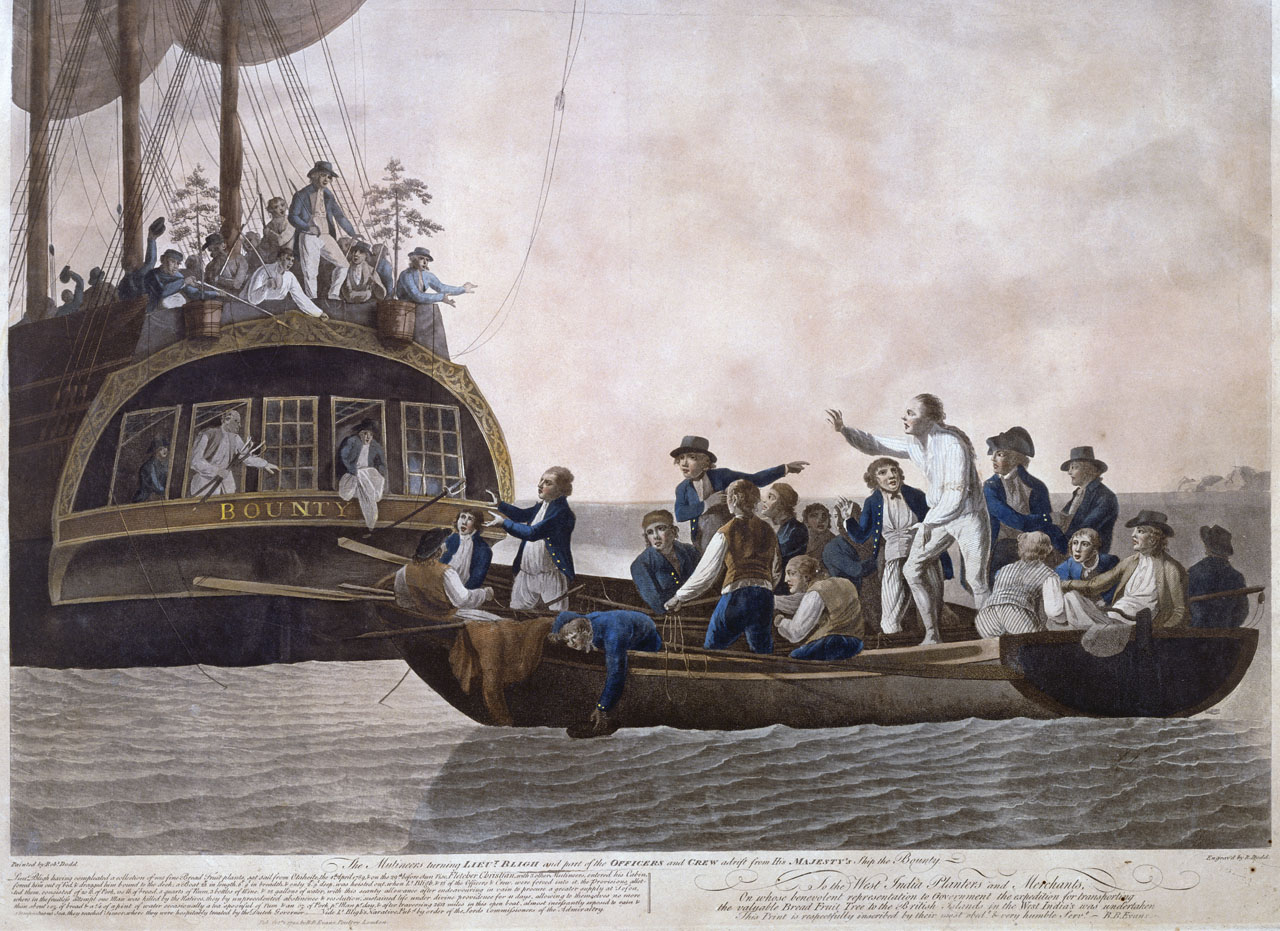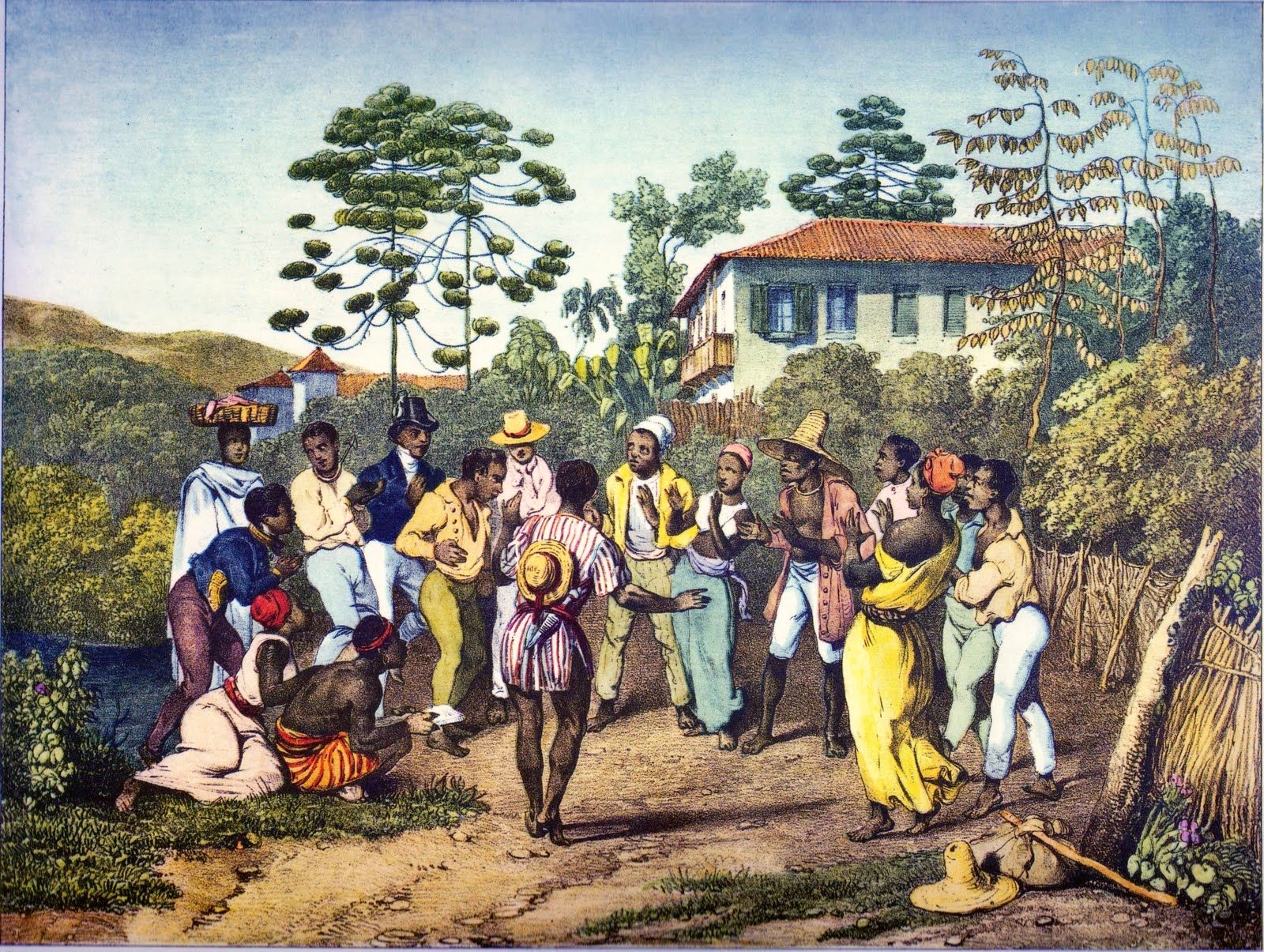|
Capoeira Carioca
Capoeira carioca was a street fighting version of capoeira that existed in Rio de Janeiro during the 19th century. In capoeira carioca, all available means were used, including various types of weapons, such as Knife, knives, straight razors, Club (weapon), clubs and machetes. Capoeira from this period is also known as capoeiragem. Rio de Janeiro was the epicentre of capoeira in the 19th century. In the early 19th century, it transmitted primarily among black slaves born in Portuguese Angola. Africans were massively present in the Rio, performing their games, celebrations, festivals. They formed their capoeira ''maltas'', slaves "''fraternal paramilitary organizations''" that defended the neighborhoods. As of the mid-19th century, capoeira was increasingly detached from its music and dancing and was essentially a criminal activity. After the Paraguayan War (1865-1870), the capoeiras became involved in politics. By the late 19th century, capoeirista demographics in Rio had changed ... [...More Info...] [...Related Items...] OR: [Wikipedia] [Google] [Baidu] |
Fight Between Two Capoeiras (1925)
Combat (French for ''fight'') is a purposeful violent conflict meant to physically harm or kill the opposition. Combat may be armed (using weapons) or unarmed ( not using weapons). Combat is sometimes resorted to as a method of self-defense, or can be used as a tool to impose one's will on others. An instance of combat can be a stand-alone confrontation or a small part of a much larger violent conflict. Instances of combat may also be benign and recreational, as in the cases of combat sports and mock combat. Combat may comply with, or be in violation of local or international laws regarding conflict. Examples of rules include the Geneva Conventions (covering the treatment of people in war), medieval chivalry, the Marquess of Queensberry rules (covering boxing) and several forms of combat sports. Hand-to-hand combat Hand-to-hand combat (melee) is combat at very close range, attacking the opponent with the body (striking, kicking, strangling, etc.) and/or with a melee weapon ... [...More Info...] [...Related Items...] OR: [Wikipedia] [Google] [Baidu] |
1808
Events January–March * January 1 ** The importation of slaves into the United States is banned, as the 1807 Act Prohibiting Importation of Slaves takes effect; African slaves continue to be imported into Cuba, and until the island abolishes slavery in 1865, half a million slaves will arrive on the island. ** Sierra Leone becomes a British Crown Colony. * January 12 ** The organizational meeting leading to the creation of the Wernerian Natural History Society, a Scottish learned society, is held in Edinburgh. ** John Rennie's scheme to defend St Mary's Church, Reculver in south east England, founded in 669, from coastal erosion is abandoned in favour of demolition, despite the church being an exemplar of Anglo-Saxon architecture and sculpture. * January 22 – Transfer of the Portuguese court to Brazil: John (Dom João), Prince Regent, and the Bragança royal family of Portugal arrive in their colony of Brazil in exile from the French occupation of their home king ... [...More Info...] [...Related Items...] OR: [Wikipedia] [Google] [Baidu] |
1811
Events January–March * January 8 – An unsuccessful slave revolt is led by Charles Deslondes, in St. Charles and St. James Parishes, Louisiana. * January 17 – Mexican War of Independence – Battle of Calderón Bridge: A heavily outnumbered Spanish force of 6,000 troops defeats nearly 100,000 Mexican revolutionaries. * January 22 – The Casas Revolt begins in San Antonio, Spanish Texas. * February 5 – British Regency: George, Prince of Wales becomes prince regent, because of the perceived insanity of his father, King George III of the United Kingdom. * February 19 – Peninsular War – Battle of the Gebora: An outnumbered French force under Édouard Mortier routs and nearly destroys the Spanish, near Badajoz, Spain. * March 1 – Citadel Massacre in Cairo: Egyptian ruler Muhammad Ali kills the last Mamluk leaders. * March 5 – Peninsular War – Battle of Barrosa: A French attack fails, on a larger A ... [...More Info...] [...Related Items...] OR: [Wikipedia] [Google] [Baidu] |
Public Punishment In Santa Ana Square (detail)
In public relations and communication science, publics are groups of individual people, and the public (a.k.a. the general public) is the totality of such groupings. This is a different concept to the sociological concept of the ''Öffentlichkeit'' or public sphere. The concept of a public has also been defined in political science, psychology, marketing, and advertising. In public relations and communication science, it is one of the more ambiguous concepts in the field. Although it has definitions in the theory of the field that have been formulated from the early 20th century onwards, and suffered more recent years from being blurred, as a result of conflation of the idea of a public with the notions of audience, market segment, community, constituency, and stakeholder. Etymology and definitions The name "public" originates with the Latin ''publicus'' (also '' poplicus''), from ''populus'', to the English word 'populace', and in general denotes some mass population ("the pe ... [...More Info...] [...Related Items...] OR: [Wikipedia] [Google] [Baidu] |
Flagellation
Flagellation (Latin , 'whip'), flogging or whipping is the act of beating the human body with special implements such as whips, rods, switches, the cat o' nine tails, the sjambok, the knout, etc. Typically, flogging has been imposed on an unwilling subject as a punishment; however, it can also be submitted to willingly and even done by oneself in sadomasochistic or religious contexts. The strokes are typically aimed at the unclothed back of a person, though they can be administered to other areas of the body. For a moderated subform of flagellation, described as ''bastinado'', the soles of a person's bare feet are used as a target for beating (see foot whipping). In some circumstances the word ''flogging'' is used loosely to include any sort of corporal punishment, including birching and caning. However, in British legal terminology, a distinction was drawn (and still is, in one or two colonial territories) between ''flogging'' (with a cat o' nine tails) and ''wh ... [...More Info...] [...Related Items...] OR: [Wikipedia] [Google] [Baidu] |
1789
Events January–March * January – Emmanuel Joseph Sieyès publishes the pamphlet '' What Is the Third Estate?'' ('), influential on the French Revolution. * January 7 – The 1788-89 United States presidential election and House of Representatives elections are held. * January 9 – Treaty of Fort Harmar: The terms of the Treaty of Fort Stanwix (1784) and the Treaty of Fort McIntosh, between the United States Government and certain native American tribes, are reaffirmed, with some minor changes. * January 21 – The first American novel, ''The Power of Sympathy or the Triumph of Nature Founded in Truth'', is printed in Boston, Massachusetts. The anonymous author is William Hill Brown. * January 23 – Georgetown University is founded in Georgetown, Maryland (today part of Washington, D.C.), as the first Roman Catholic college in the United States. * January 29 – In Vietnam, Emperor Quang Trung crushes the Chinese Qing forces in ... [...More Info...] [...Related Items...] OR: [Wikipedia] [Google] [Baidu] |
Miguel Nunes Vidigal
--> Miguel is a given name and surname, the Portuguese and Spanish form of the Hebrew name Michael. It may refer to: Places *Pedro Miguel, a parish in the municipality of Horta and the island of Faial in the Azores Islands *São Miguel (other), various locations in Azores, Portugal, Brazil and Cape Verde People * Miguel (surname) Arts, entertainment, and media *Miguel (singer) (born 1985), Miguel Jontel Pimentel, American recording artist *Miguel Bosé (born 1956), Spanish pop new wave musician and actor *Miguel Calderón (born 1971), artist and writer *Miguel Cancel (born 1968), former American singer *Miguel Córcega (1929–2008), Mexican actor and director *Miguel de Cervantes (1547–1616), Spanish author *Miguel Delibes (1920–2010), Spanish novelist *Miguel Ferrer (1955–2017), American actor *Miguel Galván (1957–2008), Mexican actor *Miguel Gómez (photographer) (born 1974), Colombian / American photographer. *Miguel Ángel Landa (born 1936), Venezuelan ac ... [...More Info...] [...Related Items...] OR: [Wikipedia] [Google] [Baidu] |
Batuque (Brazil)
Batuque (drumming) was a general term for various Afro-Brazilian practices in the 19th century, including music, dance, combat game and religion. ''Batuques'', or drumming ceremonies were an important cultural activity among the African population. These performance circles were a regular occurrence on Sunday evenings and holidays, drawing large crowds of enslaved Africans. Laws introduced in 1822 allowed police to shut down ''batuques''. Despite the police repression, the batuques persisted covertly at the town's outskirts or along the shoreline. Africans devised tactics to safeguard the batuques. They would scatter when the police approached and reconvene elsewhere to resume. In some cases, they responded to police repression with violence. Within the ''batuques'' gatherings, there were specific groups dedicated to a combat game known as ''pernada'' in Rio and ''batuque'' or ''batuque-boi'' in Salvador. In Bahia, the batuque dance evolved into various forms of samba, while ... [...More Info...] [...Related Items...] OR: [Wikipedia] [Google] [Baidu] |
Candomblé
Candomblé () is an African diasporic religion that developed in Brazil during the 19th century. It arose through a process of syncretism between several of the traditional religions of West Africa, especially that of the Yoruba, and the Roman Catholic form of Christianity. There is no central authority in control of Candomblé, which is organised through autonomous groups. Candomblé involves the veneration of spirits known as ''orixás''. Deriving their names and attributes from traditional West African deities, they are equated with Roman Catholic saints. Various myths are told about these orixás, which are regarded as subservient to a transcendent creator deity, Oludumaré. Each individual is believed to have a tutelary orixá who has been connected to them since before birth and who informs their personality. An initiatory tradition, Candomblé's members usually meet in temples known as ''terreiros'' run by priests called ''babalorixás'' and priestesses called ''ialorixá ... [...More Info...] [...Related Items...] OR: [Wikipedia] [Google] [Baidu] |
Manufacturing
Manufacturing is the creation or production of goods with the help of equipment, labor, machines, tools, and chemical or biological processing or formulation. It is the essence of secondary sector of the economy. The term may refer to a range of human activity, from handicraft to high-tech, but it is most commonly applied to industrial design, in which raw materials from the primary sector of the economy, primary sector are transformed into finished goods on a large scale. Such goods may be sold to other manufacturers for the production of other more complex products (such as aircraft, Major appliance, household appliances, furniture, sports equipment or automobiles), or distributed via the tertiary industry to end users and consumers (usually through wholesalers, who in turn sell to retailers, who then sell them to individual customers). Manufacturing engineering is the field of engineering that designs and optimizes the manufacturing process, or the steps through whic ... [...More Info...] [...Related Items...] OR: [Wikipedia] [Google] [Baidu] |








